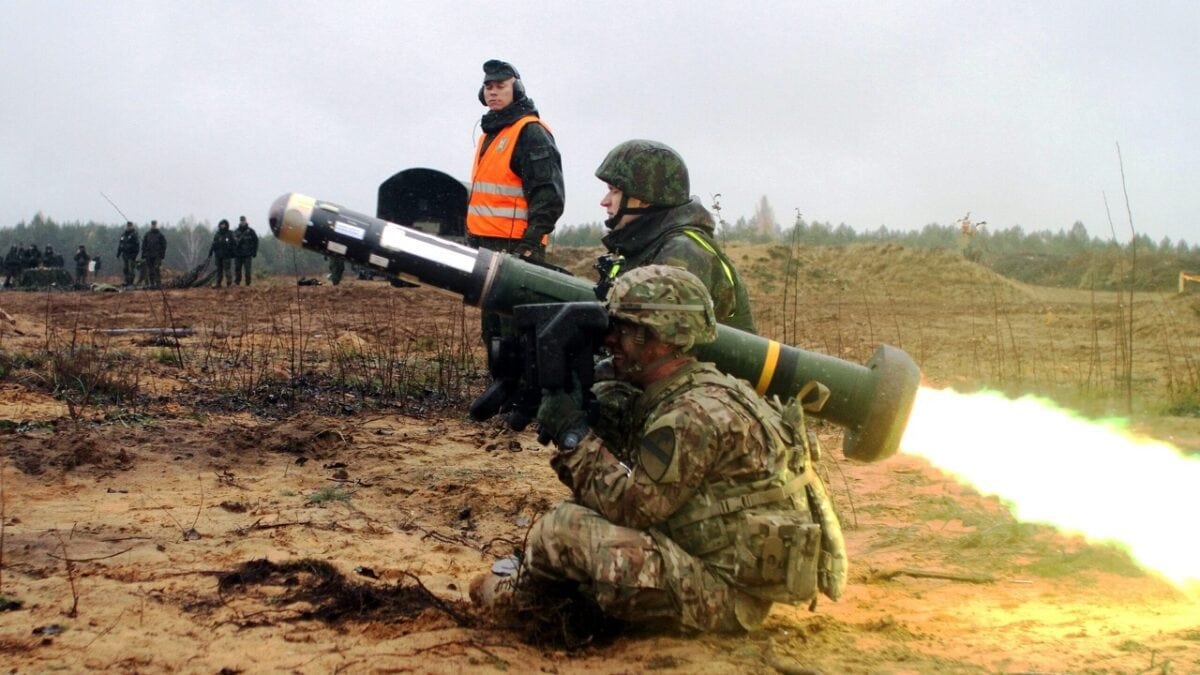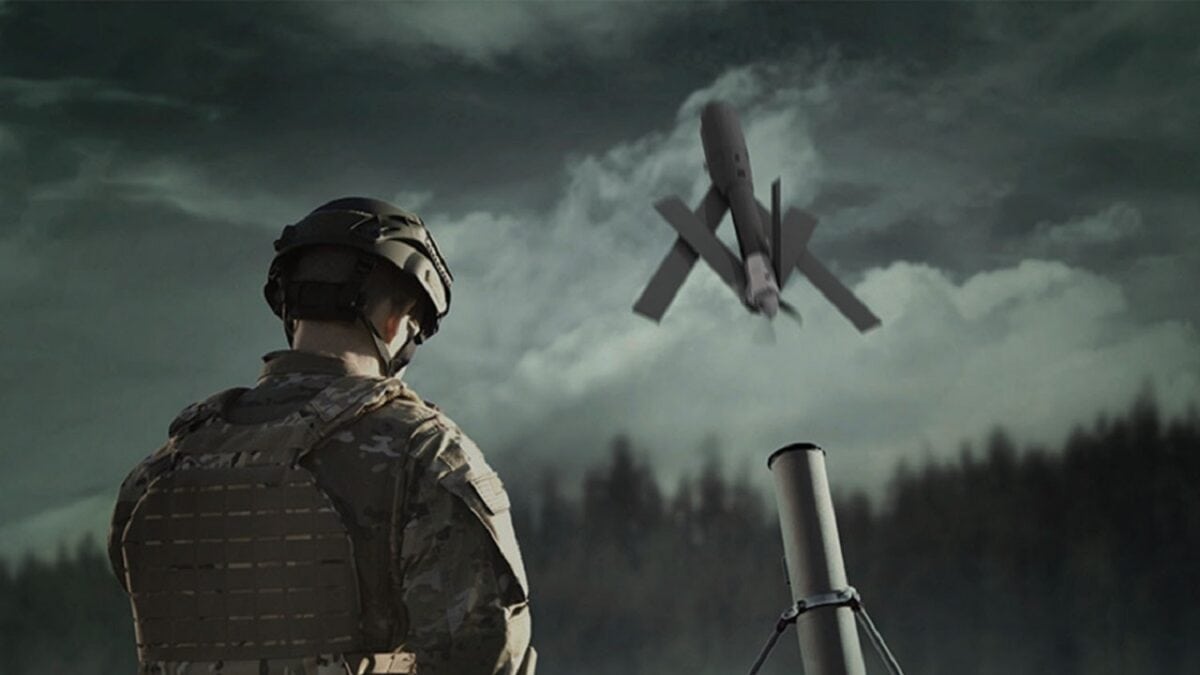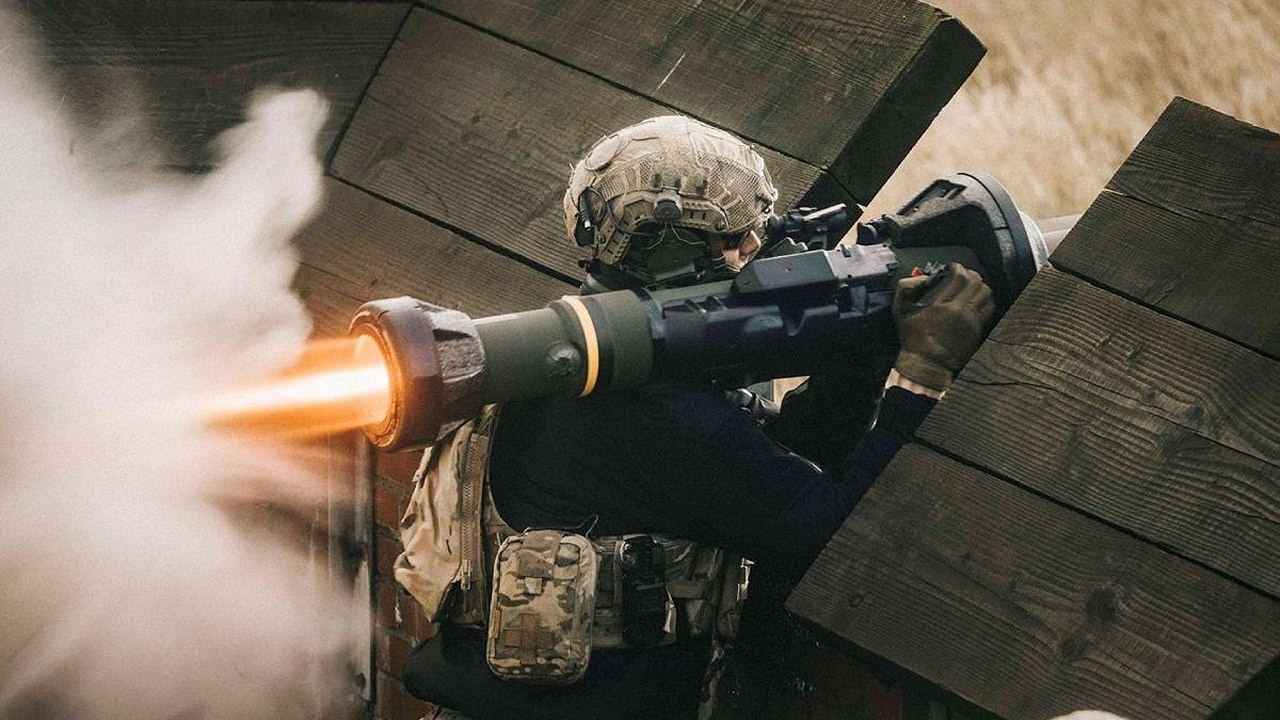White House Promises More Aid for Ukraine As Zelenskyy Asks for Help In Zaporizhzhia – President Joe Biden marked Ukraine’s 31st Independence Day on Wednesday with a promise for more security assistance. U.S. officials announced a new $3 billion aid package for Ukraine this week, the largest from the United States since the invasion began six months ago.
“The United States of America is committed to supporting the people of Ukraine as they continue the fight to defend their sovereignty,” the president said in a statement. He described Ukraine’s “bittersweet” Independence Day celebrations this week, marking the country’s independence from the Soviet Union, and committed to providing more weapons to Ukraine.
The catch? They could take years to arrive.
The weapons promised in the new package will be procured from industry, rather than from the United States’ existing weapons stocks. It means that, while the new weapons may not help Ukraine in the short term, the new package does fulfill the White House’s pledge to help Ukraine replace its stock of Soviet-era weapons with NATO-standard equipment.
The same pledge was made by other NATO countries during this week’s second Crimea Platform summit, attended by representatives of the G7 and the United Nations.
Ukraine’s Zelenskyy Also Asks for Assistance In Zaporizhzhia: Expert Analysis
The Ukraine’s president has never been shy to ask for military assistance and new weapons from the West, but after receiving virtually everything he has asked for over the last six months – including long-range HIMARS missile systems that have proven extremely effective over the last two months – Zelenskyy is now asking for support at the Zaporizhzhia nuclear power plant.
On Wednesday, Zelenskyy called on the International Atomic Energy Agency to step in and take full control over the nuclear power plant, which has been occupied by Russian military personnel since March.

Javelin Missile. Image Credit – Creative Commons.
“The IAEA mission should take permanent control of the situation at the Zaporizhzhia nuclear power plant as soon as possible and Russia should unconditionally stop nuclear blackmail and completely withdraw from the station,” Zelenskky said in a video address to the United Nations Security Council.
Zelenskyy warned that Russia, by maintaining a military presence on the site and using it to store weapons, ammunition, and military vehicles, was putting the world on the “brink of radiation catastrophe.”

Switchblade drone. Image Credit: Company Handout.
Whether or not the IAEA can take full control, however, depends on what Russian President Vladimir Putin says. The Russian leader agreed last week to allow IAEA experts into the plant to determine whether the facility is safe, but it’s unlikely that Putin will agree to demilitarize the facility and leave it under the control of the IAEA. At present, the plant has proven an effective “shield” for Russian troops in the region, and handing control over to the IAEA would put Russia on the back foot.
Jack Buckby is a British author, counter-extremism researcher, and journalist based in New York. Reporting on the U.K., Europe, and the U.S., he works to analyze and understand left-wing and right-wing radicalization, and reports on Western governments’ approaches to the pressing issues of today. His books and research papers explore these themes and propose pragmatic solutions to our increasingly polarized society.

